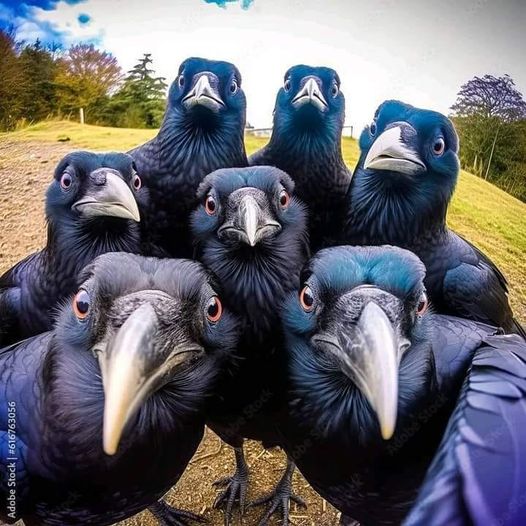I love looking through doll-making websites like Dollmaker’s Journey, Cloth Doll Supplies, Doll Street Dreamers, Joggles and Cloth Doll Connection. And of course, ideas and inspiration a plenty can be found on sites like Pinterest and Etsy inviting us in to see more and linger a while. There are some great freebies to be had from simple patterns to tips and techniques on just about anything you can think of.
Amazing!
In less time than it takes to type the keywords “doll making” into a Google search, a plethora of suggestions comes up. And if you’re like me, you’ve enjoyed discovering new sites, artists and some great tutorials from this process. And more times than not, you found something that caught your attention and really engaged you. Sometimes this might have led to a purchase, which of course, was the intent after all.
More than likely it is the photographs and video samples that draw us in to “see” more of what a particular website has to offer. No matter what is being presented, we rely on the visuals and then the descriptions to inform us about the product. Yes, yes, I know. As doll makers, it’s in our nature to want to touch and hold a doll; look under the skirt; and see how it was put together. But because this is the Internet, after all, it’s a 2-dimensional experience with photos and drawings. If you want to see more you have to buy the finished doll or the doll pattern.
So, what’s my point?
The product, in this case, doll patterns, may be well represented in photographs and/or drawings on the cover of the pattern. However, the doll on the cover may not necessarily be reflected in the pattern beneath the cover picture or the price you just paid for that pattern. You have no clue, in fact, what you just bought. You believe you bought a booklet of comprehensive instructions and a clearly laid out pattern to construct a doll and its accompanying accessories similar to the one represented on the cover photograph of the pattern. You expect that your skill level is more than adequate to tackle the project and feel confident in your purchase. Most of the time your expectations have been happily satisfied and the doll you make from this pattern will look similar, if not exactly, like the doll represented in the photograph. An added bonus is that today’s technology allows for a variety of approaches to making your own version of the doll pattern you just bought and easy access to the seller and/or artist of that doll pattern to answer questions.
But what about those other purchases?
Unless you are a skilled doll maker, have lots of reference books at hand to assist you, or can figure out what to do without any assistance from the pattern or the instructions, you might be hard-pressed to make a doll from the pattern you just purchased let alone something that comes close to what the doll in the picture looks like.
Unfortunately, there have been more than a few doll patterns I’ve purchased over the years that were less than adequate in pattern design and/or instructions. Even at my level of experience, I found them difficult to read, hard to follow, and/or lacked all the pattern pieces necessary to complete the doll. It’s frustrating to discover after your time and expense all you have to show for your efforts are three relatively useless sheets of paper. But boy, oh boy, that’s a fine-looking photograph of a doll that probably wasn’t made from that pattern.
So, what are our options?
There are a few things that we do to address this problem. We can do nothing and cross it off as a bad purchase. Treat it as a lesson learned and think twice about purchasing anything from that source again. Contact the artist or website where the purchase was made, voice your disappointment, and find out about their refund policy. Sites like Etsy can assist with this process. Clarification on issues you have with the pattern can usually be taken care of when communicating directly with the artist. If all else fails, find some value, however small, in your purchase. Is there something that can be used in something else that will justify the purchase of the pattern and maybe even enhance some other doll project?
Satisfaction with a product, even a doll pattern, is mostly subjective. A lot depends on the skill level of the doll maker and whether the pattern lines up with those skills. In future posts I will explore, in my view, what makes a good doll pattern and share some links to sites and doll makers and other artists I find particularly useful in this area and great references.
Here are a few resources I consider top-notch and should be considered by doll makers at any level:
Books that can be found on Amazon.com:
Pattie Medaris Culea books and patterns
Susanna Oroyan’s books and patterns
Other Websites:
rootie studio : Leslie O’Leary: Pattern Shop
Welcome to Chomick+Meder, Figurative Art and Automata
Gayle Wray Dolls


